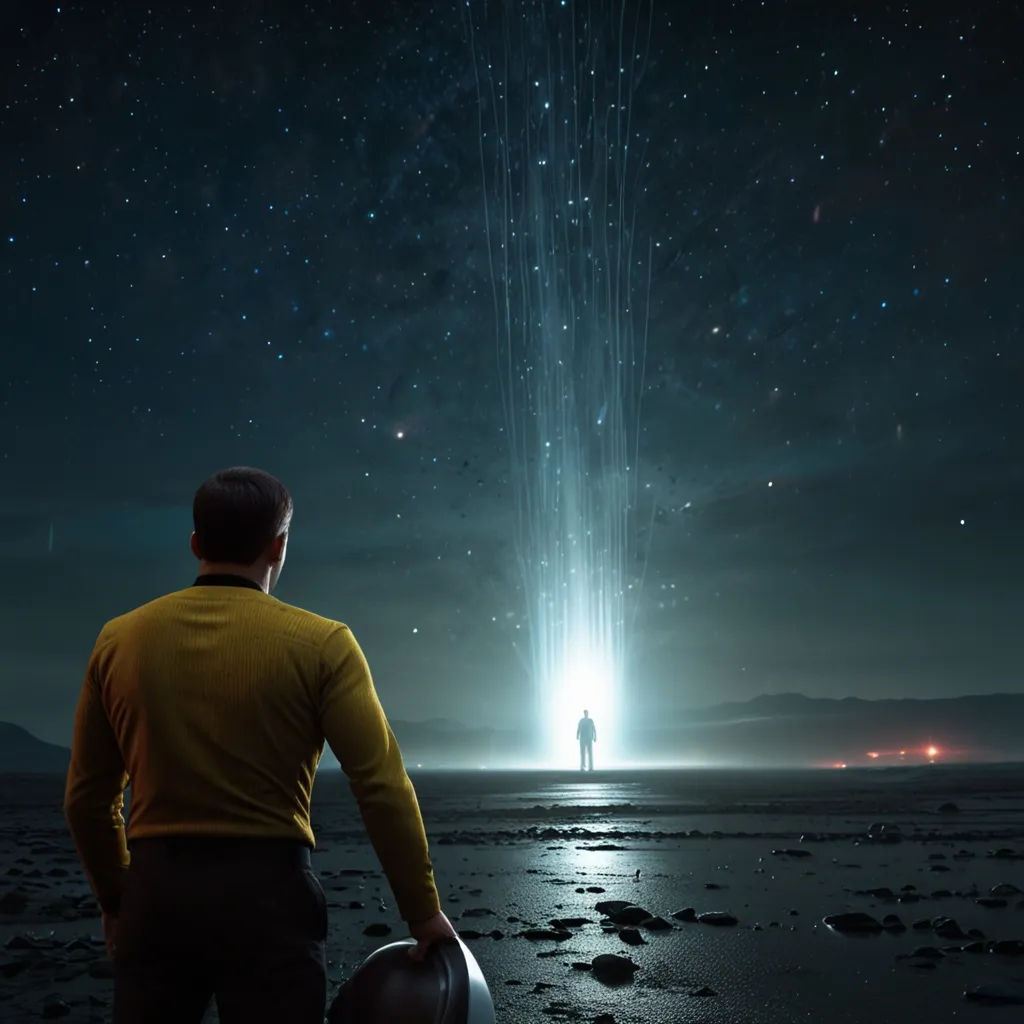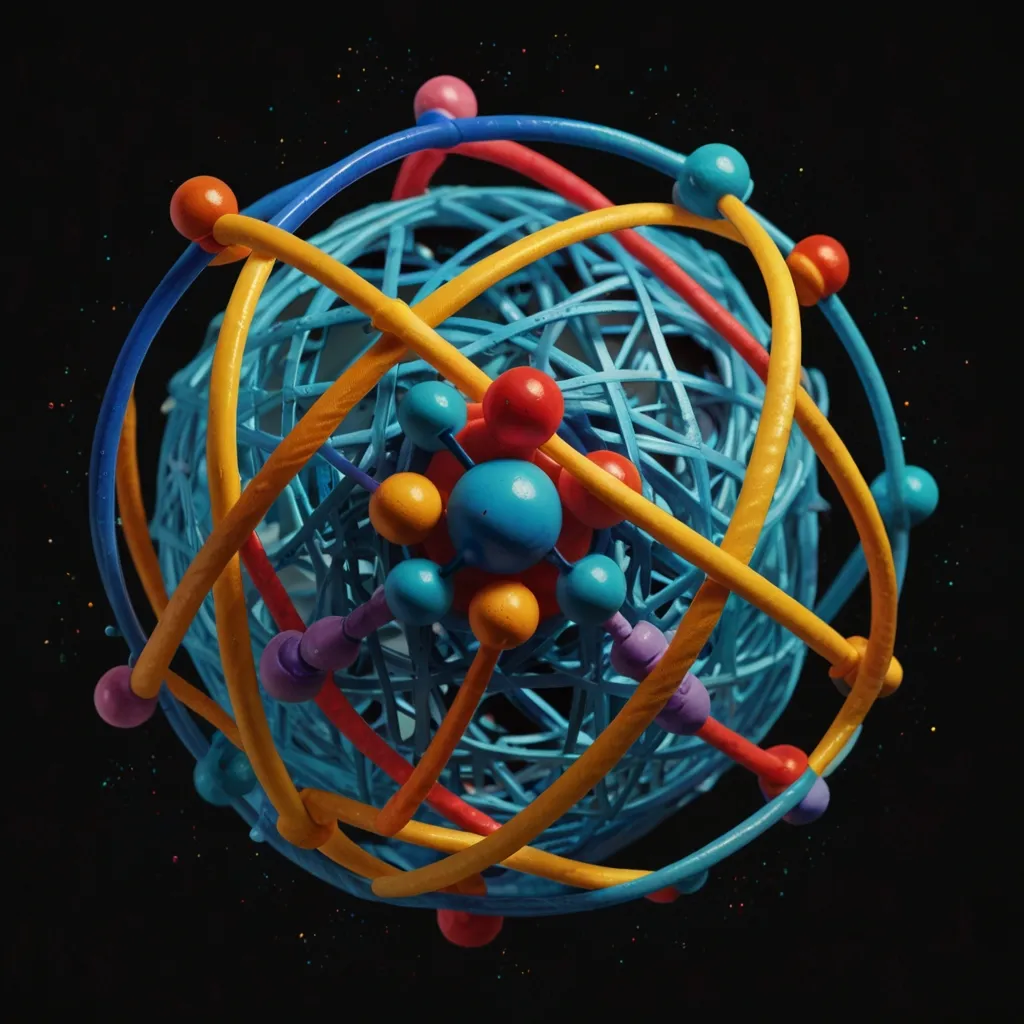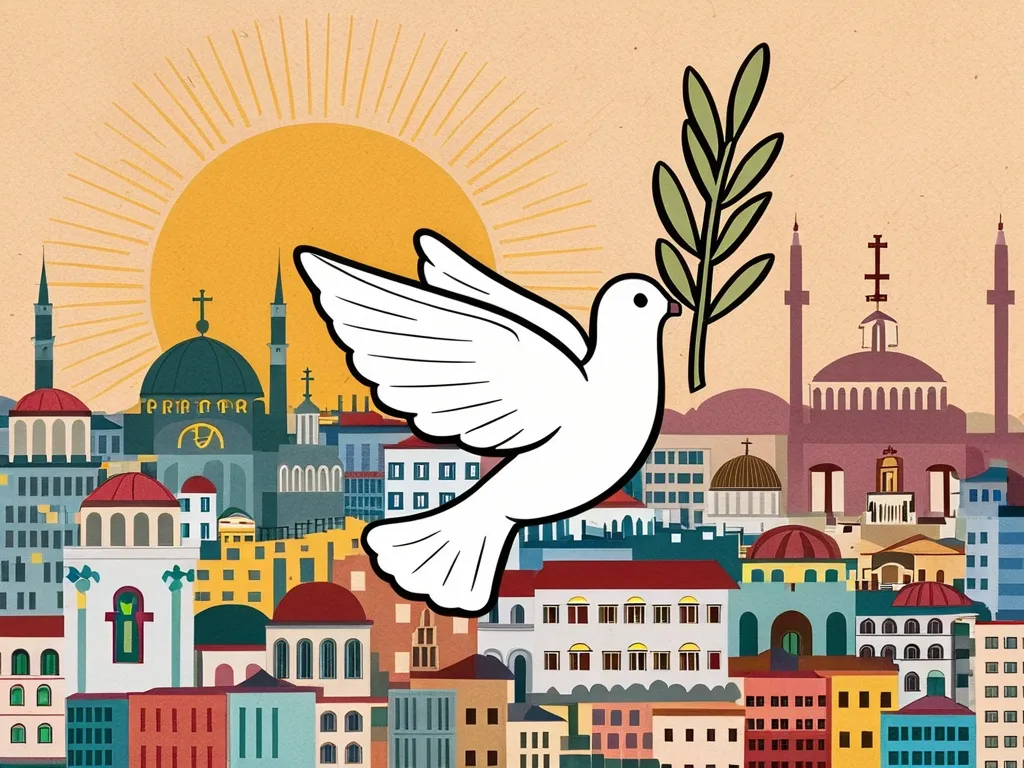When I was a kid, one of the most inspiring technologies on Star Trek was the transporter. It seemed simple in my young mind—just beam someone to another place using some atomic magic. Interestingly, the creators of Star Trek invented the transporter to save money on expensive special effects that would have shown the Enterprise or its shuttlecraft landing on planets. This budget-friendly idea has since inspired countless kids and generations of scientists.
The big question remains: Could this technology actually work? If so, how? This concept of transporting matter also opens up some profound questions about humanity. Are we just the sum of our atoms? What happens to the soul during the process?
Star Trek’s transporter supposedly works by converting a person’s body into subatomic particles—protons, neutrons, and electrons—which are then beamed to another location where they are reassembled. This means dematerializing a person into these tiny particles and then rematerializing them accurately.
Dematerialization requires breaking down molecules into atoms and then atoms into their constituent subatomic particles. Atoms are held together by powerful forces, far stronger than the ones binding molecules. The energy needed to disassemble all the atoms in the human body is astronomical—comparable to a massive hydrogen bomb.
Even if we skip splitting atoms and just beam them, we’d still face immense energy demands. Plus, moving these particles at close to the speed of light, as depicted in the show, would require even more energy akin to the output of particle accelerators. Adding to the complexity, we would need to send all the information about the human body’s atomic structure. This amount of data is colossal, far exceeding current data storage and transmission capabilities.
To reassemble someone, a mechanism would need to precisely reconstruct the human body at a subatomic level. Star Trek’s transporters supposedly work over distances of up to 40,000 kilometers, but achieving such precision from that range would require unimaginable resolution power—a mirror 50,000 kilometers in diameter.
Quantum mechanics also introduces a significant challenge. Measuring the quantum state of particles alters them, potentially leading to differences in the rematerialized person. Would these changes affect consciousness? No one knows for sure.
Despite these challenges, I believe that transporter technology might be possible someday. Human ingenuity has a track record of overcoming the seemingly impossible. However, this technology raises deeper existential questions. Essentially, transporting someone involves dismantling and reassembling them—what happens to the person’s soul during this process? Is the transported individual the same as the original?
If we manage to overcome these technical hurdles, the answers to these profound questions might change our understanding of life and consciousness. Whether it’s blind optimism or trust in technological progress, I think humanity will eventually achieve what Star Trek envisioned.






